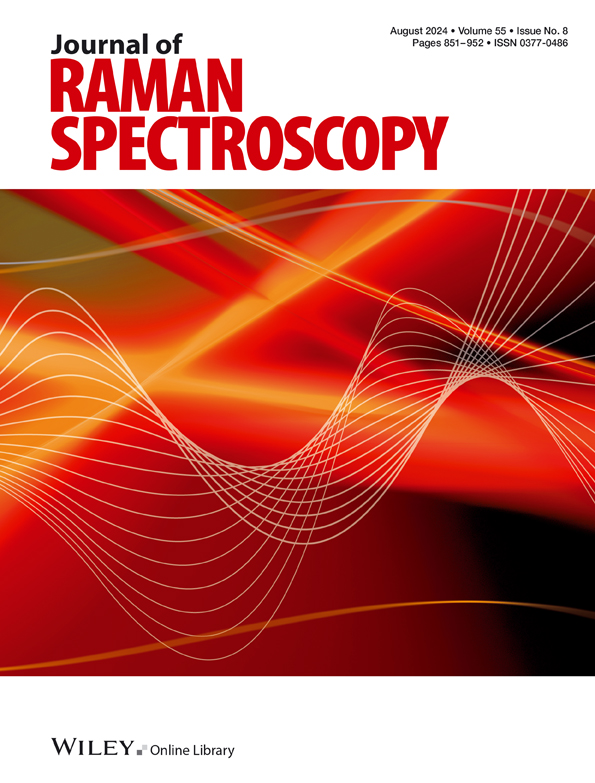Lipid Quantification and Determination of Astaxanthin Conjugation by Raman Microscopy on Individual Copepod Eggs
Abstract
Standard biochemical characterization of eggs from small marine species proceeds in bulk and is destructive, limiting multiple measurements or follow-up in time. Raman microscopy was used to overcome this limitation in the biochemical characterization of copepod eggs. The Raman peak ratio of astaxanthin (± 1153/320 cm−1) provided a good fit with the total fatty acid content measured by GC-MS. Fatty acid content and variability were determined between species, egg sacks of the same species and individual eggs of the same egg sack. Fatty acid content of eggs was species specific because of different FA concentration in the eggs and egg (sack) size differences between species. A Raman fingerprint allowed to classify eggs at species level and discriminated developing eggs of Acartia tonsa from stored eggs. Egg development was correlated with a molecular change in carotenoid pigmentation from protein-bound astaxanthin to free astaxanthin. Raman microscopy showed to be an effective technique for the characterization of individual copepod eggs, especially the quantification of egg fatty acid content. This technique can provide more in-depth insights in individual heterogeneity of copepod eggs. Raman microscopy can offer a large potential for nondestructive characterization of eggs of marine species beyond copepods, with implications in aquaculture and ecological monitoring studies.


 求助内容:
求助内容: 应助结果提醒方式:
应助结果提醒方式:


